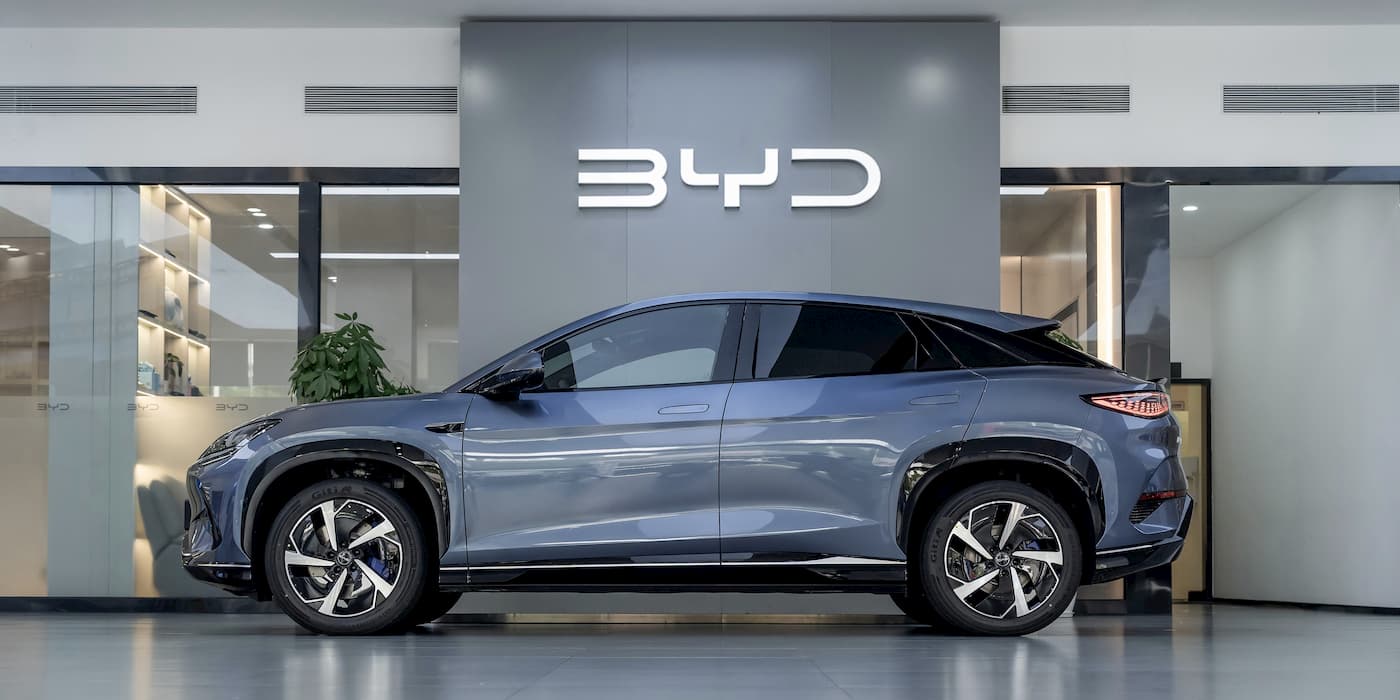China’s leading EV maker, , sold more vehicles than Honda and Nissan for the first time in the second quarter. BYD is now the world’s seventh-largest automaker. With low-cost EVs hitting key global markets, BYD is quickly catching up to Ford.
According to (via ), BYD’s new vehicle sales climbed 40% between April and June to 980,000. The growth was enough to overtake Japan’s Honda and Nissan for the first time to become the seventh-largest automaker globally. A big part of BYD’s surging sales numbers is its incredibly affordable electric cars.

BYD continues slashing prices while releasing lower-cost EV models. Its cheapest EV, starts at just $9,700 (69,800 yuan) in China. Meanwhile, much of BYD’s success this year is thanks to growing overseas sales.
BYD sold 105,000 vehicles outside of China, roughly tripling from last year. After launching in key markets like Mexico, Brazil, Japan, Europe, Thailand, and other Southeast Asian countries, BYD is already a leading EV brand. Although global auto leaders like Volkswagen and Toyota’s sales numbers fell in Q2, BYD continued to see more demand.
Toyota is the only Japanese automaker that sold more vehicles than BYD in Q2, a stark contrast from past years. BYD’s growing global presence is symbolic of the auto industry’s shift to electric. Although China is leading the transition, many countries are setting aggressive EV goals as they look toward a cleaner, more sustainable future.
While BYD’s sales jumped 35% in China in June, Honda and many foreign rivals had double-digit sales declines. And it’s not only in China. Honda plans to halve capacity in Thailand, where BYD is already emerging as a market leader.
BYD is also planning to open several overseas plants as it expands its global manufacturing footprint. It opened its first in Thailand last month, with Hungary, Brazil, Turkey, Mexico, in the works. After topping Honda and Nissan in Q2, BYD is quickly closing in on other legacy automakers, including Ford and America’s “Big Three.
” Ford’s wholesales in the second quarter, a slight increase from the 1.12 million in Q2 2023. The American automaker announced several this week, including pushing back its next-gen electric pickup until the second half of 2027, two years later than expected.
Ford also canceled plans to focus on hybrids, opening the door for rivals like Kia and Volvo to take over the segment. The company said it will give a more complete update on its EV strategy next year. Meanwhile, BYD plans to by selling vehicles in Canada.
It’s also closing in on a plant in Mexico that will produce 150,000 vehicles in its first stage. Eventually, the plant will produce 400,000 to 500,000 cars, BYD’s Mexico boss told this week. After Japanese automakers like Honda and Nissan were some of the slowest to shift to electric, they are now feeling the heat in several key markets.
Despite many headlines promoting an “EV slowdown,” sales are still climbing while gas-powered vehicles fall out of favor. Automakers that have failed to keep up with the transition are losing market share, while EV leaders like BYD and Tesla have emerged as leading global auto brands. BYD is now the seventh-largest automaker globally, up from tenth last year.
Can it overtake Ford? Ford has already announced it’s shifting to smaller, more affordable EVs as it looks to overcome massive losses. The American automaker lost $2.5 billion on its electric vehicles through the first half of 2024 after losing $4.
7 billion in 2023. Meanwhile, from found that BYD earns over $15,000 (14,300 euros) on every Seal U model sold in the EU. Ford’s CEO Jim Farley has , calling the Seagull “pretty damn good.
” Will it be able to match BYD? Or will Ford have the same fate as Honda and Nissan? Although BYD is best known for its low-cost EVs, it’s quickly expanding its lineup with new pickup trucks, luxury vehicles, and electric supercars hitting the market. BYD launched the this summer in Mexico, which will rival Ford’s Ranger and the Toyota Hilux. and subscribe to the .
Peter Johnson is covering the auto industry’s step-by-step transformation to electric vehicles. He is an experienced investor, financial writer, and EV enthusiast. His enthusiasm for electric vehicles, primarily Tesla, is a significant reason he pursued a career in investments.
If he isn’t telling you about his latest 10K findings, you can find him enjoying the outdoors or exercising.


















